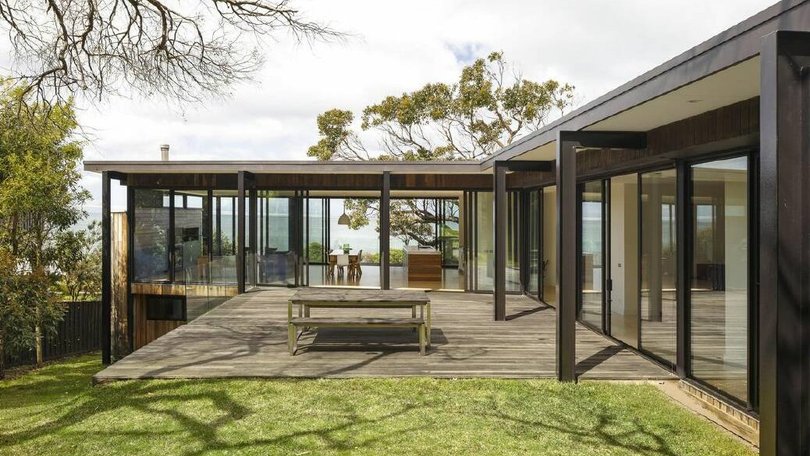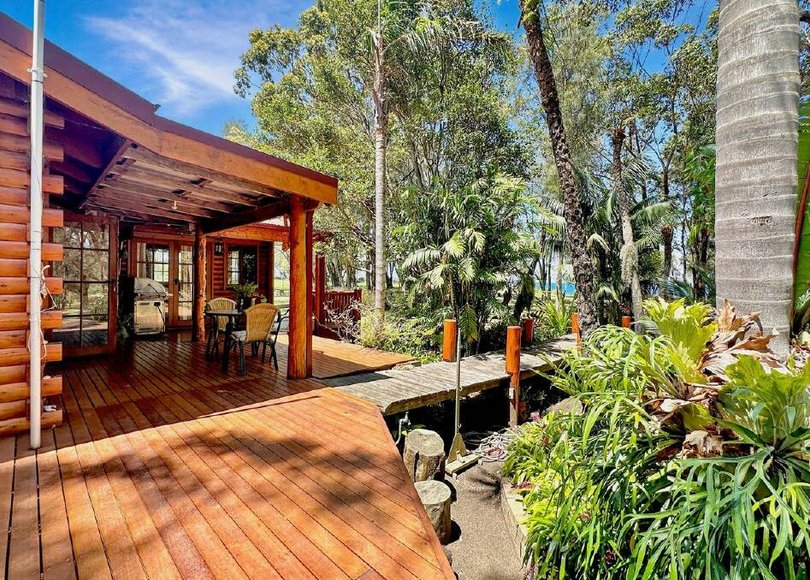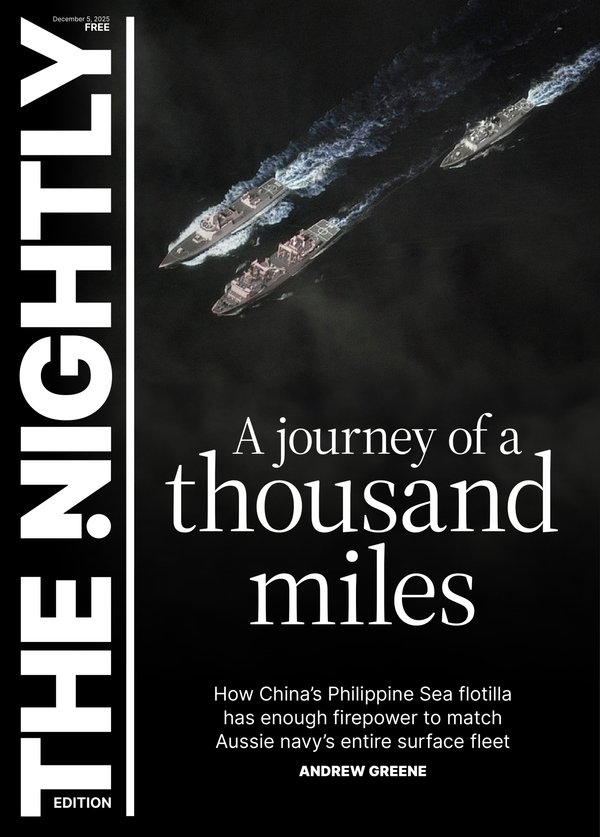Why these holiday regions have great returns, even with up to 66 per cent vacancy rates

Some of the most desirable holiday spots have sky-high vacancy rates, but new data shows a holiday home paradox where in some cases, high vacancy equals high returns.
Across Australia's housing landscape, there are pockets where more than half the homes are listed as unoccupied. At first glance, that sounds like a red flag. Doesn't a high vacancy rate usually suggest weak demand?
According to new analysis from Ray White, the answer is more complicated. Vanessa Rader, Head of Research for Ray White Group, says these locations aren't ghost towns; they're holiday home hubs.
Sign up to The Nightly's newsletters.
Get the first look at the digital newspaper, curated daily stories and breaking headlines delivered to your inbox.
By continuing you agree to our Terms and Privacy Policy.This means they operate under a completely different set of market forces than the typical suburban rental market.
Australia's national unoccupied dwelling rate sits at around 10.1 per cent. Yet some regional pockets hit 60 per cent or more.
These aren't struggling towns. They are places like Moreton Island in Queensland, where 66 per cent of homes are vacant most of the year, and where the median house price is $1.25 million with annual growth of 11.5 per cent and a staggering 140.9 per cent growth over the past decade.
So what's going on?
For Moreton Island, Ms Rader calls it the island premium paradox.
It's not easy to access - you need a four-wheel drive and a ferry to get there. Trades, materials, even groceries can be more expensive. Insurance is typically 30 to 40 per cent higher than on the mainland.
Yet, that isolation creates scarcity. Scarcity creates desire. And desire drives values upward, regardless of whether the lights are on 12 months of the year.
Tourism appeal, lifestyle value, scarcity
This pattern repeats across some of Australia's most beloved coastlines.
On the NSW South Coast, Callala Bay-Currarong sits at almost 50 per cent vacancy, yet has seen 6.5 per cent annual growth and 126.8 per cent uplift over the past decade.
Its proximity to both Canberra and Sydney helps: close enough for weekenders, far enough for real escapism.
In Victoria, regions such as Lorne-Anglesea and Point Nepean show vacancy rates above 40 per cent, yet continue to command median prices well over $1 million.
Growth has slowed slightly in these established markets, suggesting they may be approaching natural affordability limits, but the desirability of the lifestyle remains strong. People want to be there (just maybe not every week of the year).
Over in Tasmania, where the holiday-home trend has picked up speed in the past decade, Ms Rader points to Central Highlands and Glamorgan-Spring Bay.

Both have seen enormous long-term gains, with 10-year growth at 157 per cent and 132.4 per cent, respectively.
Not every year has been smooth with Glamorgan-Spring Bay posting a slight decline last year. However, the longer trend tells the story of tourism towns that became lifestyle destinations.
South Australia and Western Australia also have their examples. Yorke Peninsula in SA and Gingin-Dandaragan in WA both show high vacancy rates but strong recent annual growth, supported by access to the coast and proximity to major cities.
So if vacancy doesn't tell the real story here, what does?
Ms Rader says the key is understanding that holiday-home markets run on a different fuel: tourism appeal, lifestyle value, and scarcity.
"Australia's highest unoccupied regions demonstrate that holiday home investment operates under principles distinct from conventional residential analysis," said Ms Rader.
"Tourism appeal, environmental resilience, infrastructure capacity, and regulatory stability matter more than traditional metrics like rental yields or employment proximity."
These markets are shaped by how desirable a place feels, the limits on available land, and whether people can picture themselves there long-term, even if they only visit a few times a year.
Holiday home trade-offs
That said, there are trade-offs. Coastal homes often face higher maintenance costs because salt air corrodes materials faster. Insurance is more expensive in areas with bushfire or storm exposure.
Infrastructure in these regions can also lag behind permanent population needs, meaning slower internet in some pockets, limited trades availability, or seasonal crowding.
Return on investment is still king
If you're buying a holiday home to lease as short-stay accommodation, what matters most is return on investment, according to Craig McIntosh, who runs The Holidays Collection on the NSW South Coast and Southern Highlands.
He said it's not necessary to sweat too much over vacancy rates - as long as the numbers add up.
"We don't focus on vacancy rates. We look at the dollar return. Because we manage so many properties, we can directly compare factors like location, number of bedrooms and occupancy rates to assess the potential yield. That's what tells you whether something is a good investment," he said.
The best-performing holiday homes
Mr McIntosh said there are two strongest performers right now, and it isn't the classic family beach house.
"The couples-only segment has the highest per capita nightly rate and lowest per capita wear and tear and cleaning costs," he said.
"These little beach shacks or smaller couple's only properties are very easy to maintain. You also usually get more bookings mid-week than you would for a family home."
At the other end of the market, properties that can sleep 10 or more guests are also generating the strongest returns.
"This is where you capture bigger yields because multiple families or groups share the cost," Mr McIntosh said.
A bunk room, for example, can shift a home from the six-to-eight guest category into the much more lucrative larger-group tier.
"The bulk of the rentals in this holiday rental market are that six-to-eight guests bracket, so these larger rentals for 10 to 12 guests are where you can really earn a higher return," he said.
So, is buying in a high-vacancy holiday market risky? It can be, if you go in expecting it to behave like a traditional residential investment.
As Ms Rader puts it, these aren't "weak markets" just because people aren't living in the houses full-time. They're markets where value is driven by something different: emotional pull, limited supply and the desire to escape, even if only for part of the year.
Originally published as Why these holiday regions have great returns, even with up to 66 per cent vacancy rates
